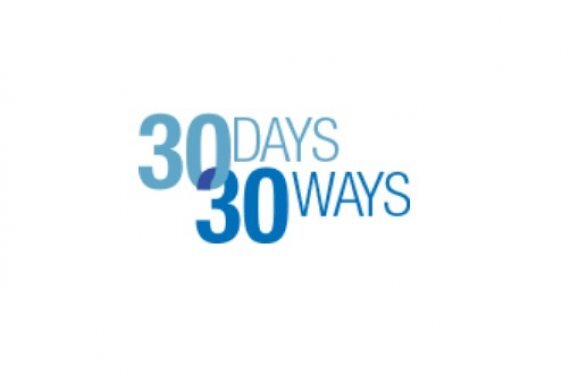
30 Ways to Improve Your Practice

Tip #1: Improve your Time Management. Matt Halloran, Top Advisor Coaching

Tip #2: Fix your Contact List. Craig Faulkner, FMG Suite

Tip #3: Upgrade your To-Do List. Ray Sclafani, ClientWise

Tip #4: Create Document Templates. Bob Veres, Inside Information

Tip #5: Make Time for Networking. Mike Greene, Ameriprise Financial Services

Tip #6: Make Five Phone Calls Today. Michael Silver and Eric Sheikowitz, Focus Partners

Tip #7: Write Thank-You Notes. Chris Kirby, Securities America

Tip #8: Re-learn How to Ask for Referrals. Ray Sclafani, ClientWise

Tip #9: Schedule a Late Night. Michael Silver and Eric Sheikowitz, Focus Partners

Tip #10: Find a Partner. Mike Greene, Ameriprise Financial Services

Tip #11: Fix your Elevator Pitch. Chris Kirby, Securities America

Tip #12: Improve your Bottom Line. Mike Greene, Ameriprise Financial Services

Tip #14: Get Better Client Feedback. Stephen Wershing, Client Driven Practice

Tip #15: Improve, Customize your Technology. Jo Day, Trumpet

Tip #16: Delegate Responsibility. Mike Greene, Ameriprise Financial Services

Tip #17: Tackle your Succession Plan. Michael Paley, Focus Financial Partners

Tip #18: Focus on the Big Picture. Ray Sclafani, Clientwise

Tip #19: Get a Better Website. Craig Faulkner, FMG Suite

Tip #20: Take Your Message Mobile. Craig Faulkner, FMG Suite

Tip #21: Develop a Steady Communication Plan. Mike Greene, Ameriprise Financial Services

Tip #22: Build Alliances to Expand your Practice. Marie Swift, Impact Communications

Tip #23: Create a Social Media Schedule. Craig Faulkner, FMG Suite

Tip #24: Embrace Video Marketing. Craig Faulkner, FMG Suite

Tip #25: Attract more female clients. Bruce Harrington, John Hancock Financial Network

Tip #26: Educate clients about investing. Laura Kogen, Fidelity Investments

Tip #27: Have a team meeting. Michael Silver, Focus Partners

Tip #28: Fix your interview process. Ron Carson, Peak Advisor Alliance

Tip #29: Give clients an upgrade. Chris Kirby, Securities America Financial Corp.






